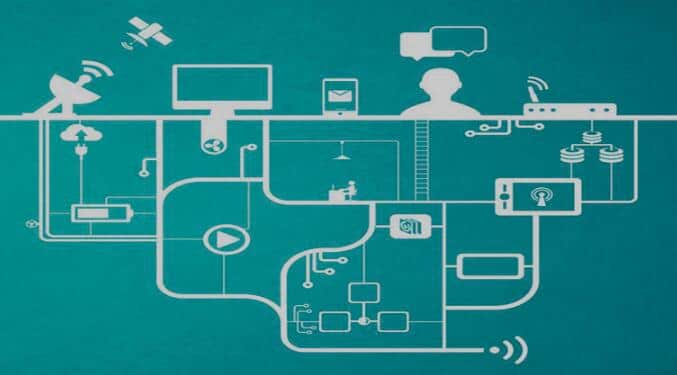
UHF systems can typically tell you that a tag is within a defined read field, but not specifically where within that field. Mojix, for example, uses a phased-array antenna system to locate passive tags in three-dimensional space, usually to within about 3 square feet.
This is not a simple question to answer without knowing more about what you are specifically trying to achieve, as well as the nature of the environment involved. Many considerations must be made when choosing the proper radio frequency identification system—and, as in most situations, there are often trade offs. One solution might offer greater location accuracy than another, but at a greater cost. That said, I'll try to answer your question as best I can.
Generally speaking, an active ultra-wideband (UWB) RFID system will be able to determine where a tagged object is located to within a few inches. UWB tags can be fairly expensive, however, so if you are tagging a large number of objects, the system could become costly.
A passive ultrahigh-frequency (UHF) RFID solution will provide about 15 to 30 feet of read range, depending on which tags and readers you deploy, as well as other factors. UHF systems can typically tell you that a tag is within a defined read field, but not specifically where within that field. Given that many applications require you to know where a tag is located in the read field, some companies have developed solutions that deliver greater location accuracy.
Passive systems utilize something called a Received Signal Strength Indicator (RSSI) to determine how close an object is to an RFID interrogator. RSSI can't tell you that a tag is, say, 8 feet 11 inches from the reader, because signal strength can be affected by waves bouncing off the floor or ceiling, but it can tell you that a tagged object is getting closer or further away. So the RSSI for an object closer to the reader within the same environment should be stronger than for one located further away. However, it would be difficult to distinguish the difference in location of tags spaced an inch apart.
RFID near you
Despite these concerns, others say there are huge benefits to using RFID.
"At least 30 million people carry an RFID tag on them every day in their car keys or in their access control card to get into their office building or to buy gas or to pay a toll," wrote RFID Journal's Roberti. "Everywhere RFID has been rolled out in the consumer environment, consumers have overwhelmingly embraced it."
One new consumer application is in credit cards. Consumers could simply wave a credit card containing a passive chip at an RFID reader to pay for their purchases.
While there is concern that hackers could remotely read the card information, supporters argue it would be easier for merchants, and the speed of the processing time could shave off more than a dozen seconds per transaction, which would add up. They also say transactions would be no more or less secure than they are today.
"That is, if you buy stuff today with a credit card, that information is stored in a database," Roberti wrote. "When or if RFID is used to record sales, data will go in a database, the same one in fact. If the government wants access to the RFID data or the bar code data, it's essentially the same thing."
The controversy and discussion about RFID technology will not end anytime soon. But both sides agree that a sizable dose of debate is needed to hammer out the kinks. Meanwhile, the technology is appearing in an increasing number of places -- though even if you look around, you still might miss it.